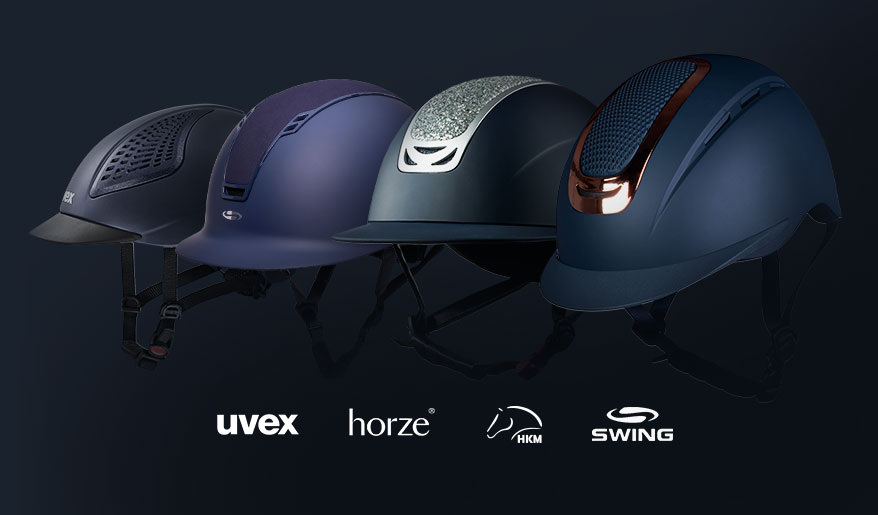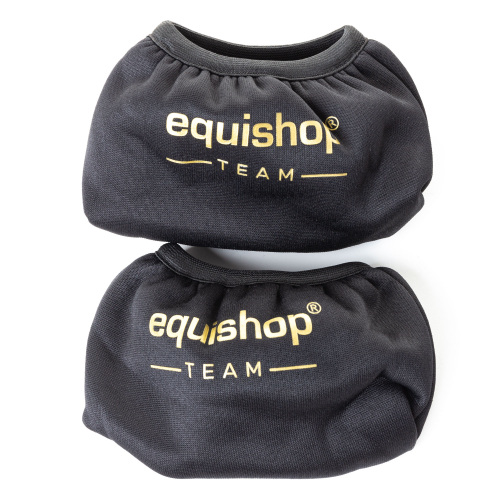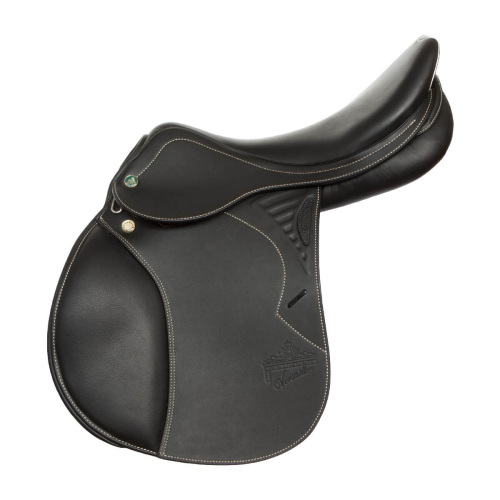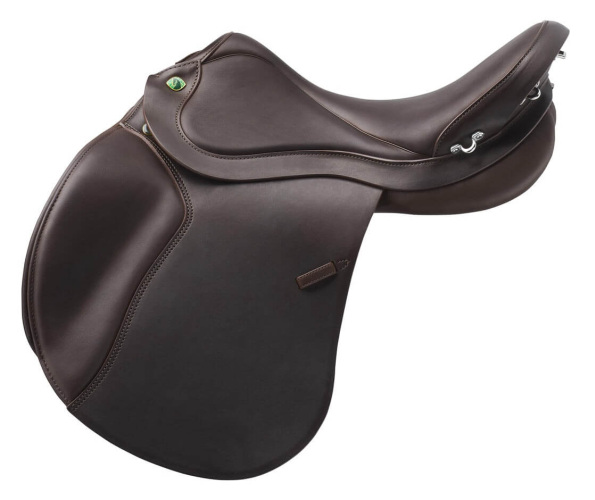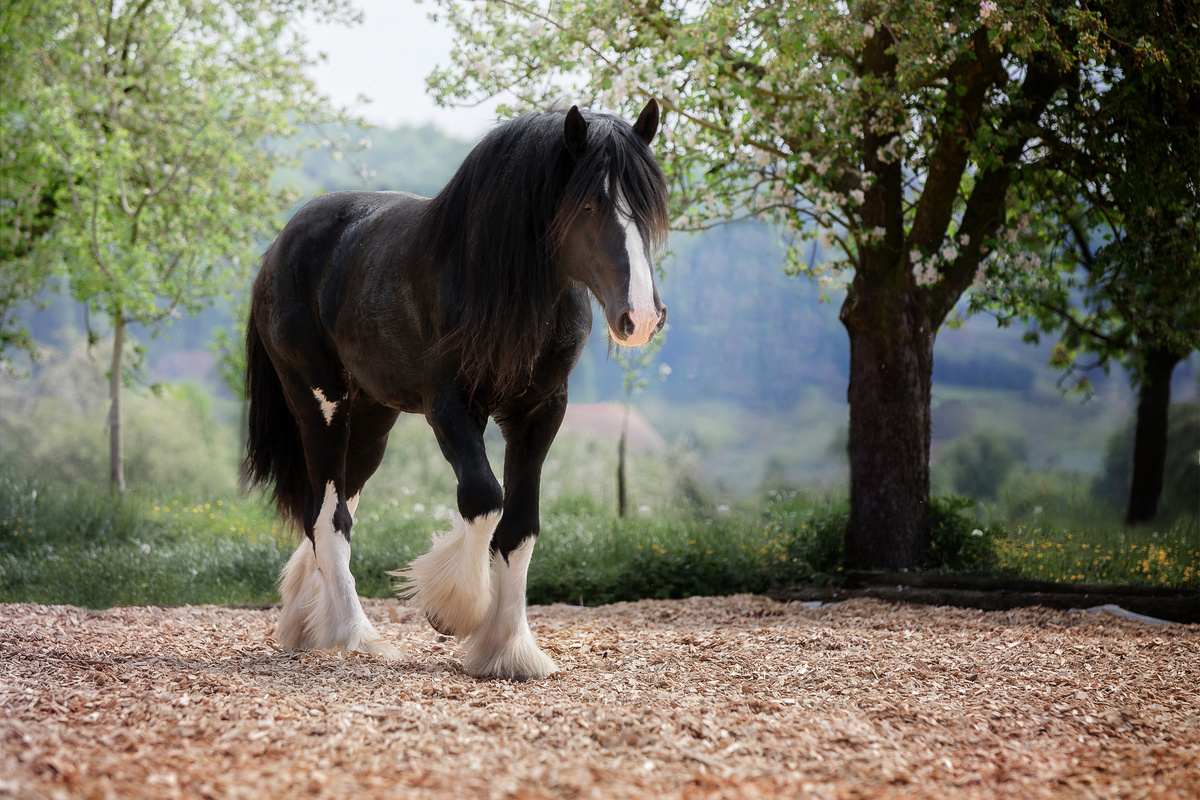
A Shire igáslovak, vagy hidegvérű lovak – szelíd óriások Nagy-Britanniából, amely az egyik legnehezebb lófajta. A Shire fajtának sok szerelmese van. Ezeket az állatokat nemcsak megjelenésük, hanem barátságos természetük miatt is szívesen tenyésztik.
Shire fajtájú lovak - használatuk
A Shire lovakat főként azért hozták létre, mert a Brit-szigeteken hiányoztak azok a hátaslovak, amelyek a teljes páncélzatú lovagot a hátukon tudtak volna vinni, vagy a tartalék fegyverekkel teli szekeret húzták volna a hadsereg számára.
Az évek során Európa megszűnt a lovagi kultúra központja lenni, és a háború vezetése is megváltozott. A shire lovak, melyeket korábban hátaslovakként ismertek, ekkoriban egy új szerepet kaptak: a tanyákon, a gazdaságokban. Nagyszerűek voltak a feladatra, mivel gyorsabbak és intelligensebbek voltak, mint az ökrök. Erejüket fák kidöntésére illetve kocsik húzására használták, beleértve azokat is, amelyek a sörfőzdéből a kocsmákba szállították a sört. Néhány sörfőzde továbbra is fenntartja ezt a hagyományt a Brit-szigeteken azáltal, hogy shire lovakat használ fel.
Az ipari forradalom olyan csatornarendszert hozott, amely lehetővé tette a nehéz terhek nagy távolságokra történő szállítását. A Shire tökéletes ló volt uszályok vontatására az ilyen csatornákon keresztül. Tömegközlekedésre is használták – nagy kocsikat, hajtányokat, omnibuszokat és villamosokat vontattak.
A mezőgazdaság és a szállítás gépesítésének előrehaladtával a teherlovak iránti igény jelentősen csökkent. A népszerűség csúcsán a fajta több mint egymillió lóból állt, ami az 1950-es és 1960-as években néhány ezer lóra esett vissza.
1955-ben kevesebb, mint 100 lovat mutattak be az éves British Spring Show-n. A Shire ló a mai napig veszélyeztetettnek számít.
Ma már ezt a fajtát igásállatként is használják erdészeti munkákhoz, szabadidős lovagláshoz, de bemutató lóként is találkozhatunk vele.
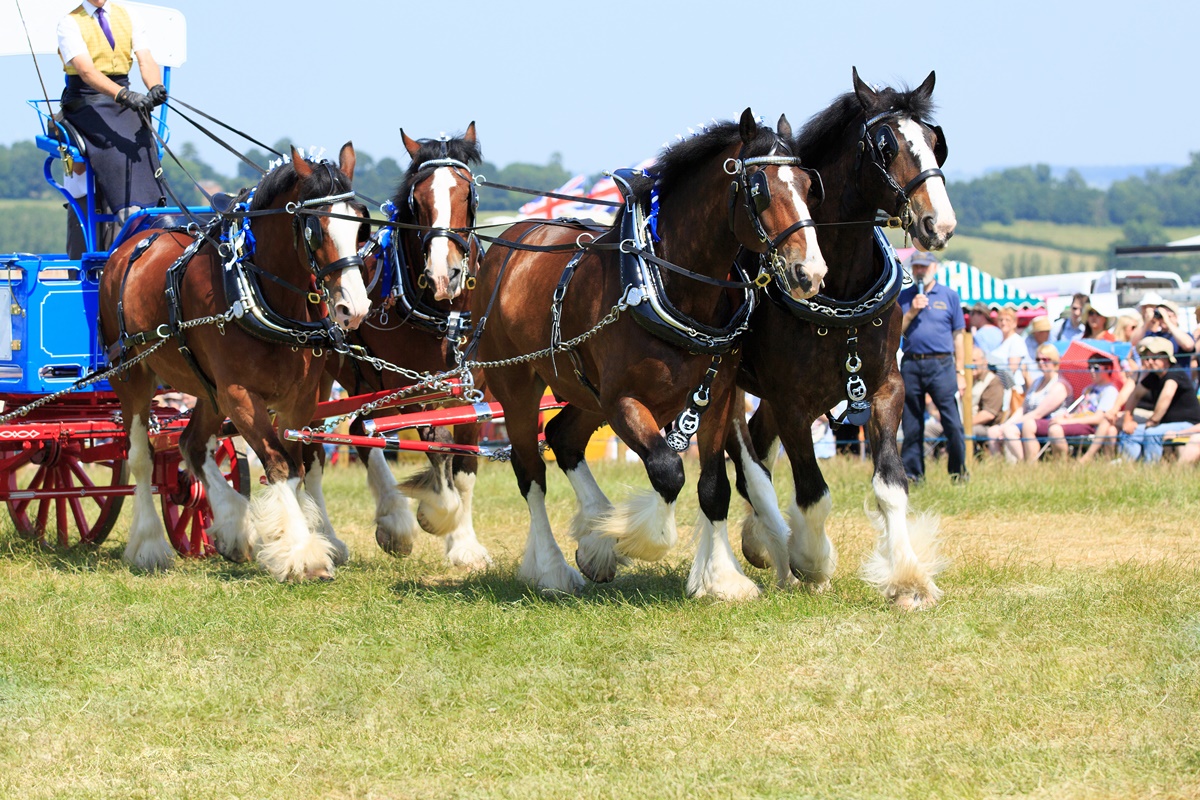
Shire lovak – a fajta története
A jelenlegi Shire fajtához hasonló igáslovak a 16. század környékén jelentek meg Közép-Angliában. A fajta létrehozásához Németországból és Flandriából (azaz a mai Belgiumból, Franciaországból és Hollandiából, az Északi-tenger partja mentén) importált hidegvérű lovakat használtak. A Shire lovakban azon frízek vére is folyik, amelyek a holland mérnökökkel érkeztek a Brit-szigetekre, hogy lecsapolják a tőzeglápokat.
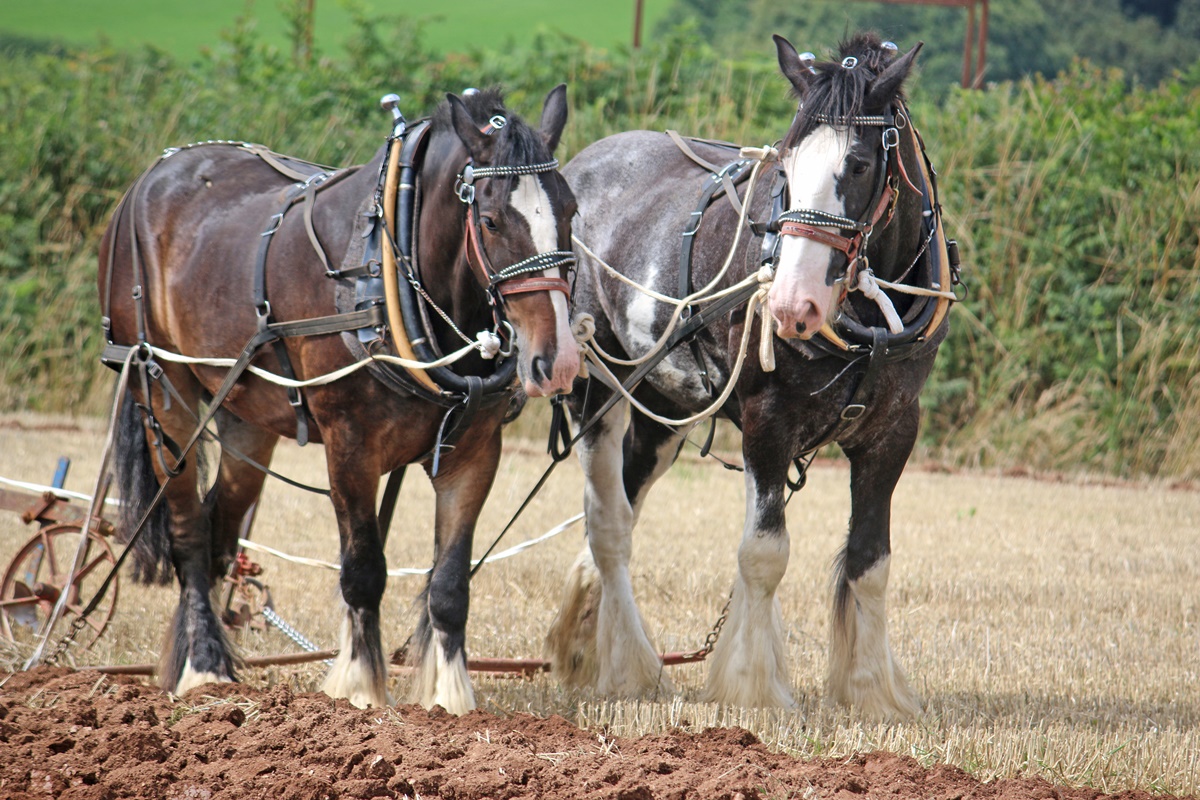
A jelenlegi fajta létrehozásában közreműködött Robert Bakewell tenyésztő, aki 1760-ban fríz kancákat párosított a fekete Leicestershire ménnel. Példa volt a tervezett fajta keresztezésre. Majdnem 116 évvel később - 1876-ban megalakult a Shire Horse Society, 1878-ban - a méneskönyv.
Bakewell és követőinek tevékenysége két különböző fajtatípus létrehozásához vezetett:
- Fen vagy Lincolnshire típus - nagyobb, masszívabb, dúsabb sörénnyel,
- Leicester vagy Midlands típus – tartósabb, de kisebb termetű.
A 19. század végén megjelentek a kiemelkedő Shire fajtájú lovak - a Honest Tom nevű mén (139 törzskönyvezett ló apja) és a Harold nevű mén, amely 10 bajnoki címet szerzett meg, valamint a legtöbb ma élő ilyen fajtájú ló őse. Ekkor kezdődött ezeknek a lovaknak az exportja – a fő exportőr az Egyesült Államok volt.
Abban az időben, amikor a Shire lovak száma rohamosan csökkent, elkezdték keresztezni őket Clydesdales-szel, ami megváltoztatta a jelenlegi felépítést. A Shire ló megszerezte a selymes csüdszőröket, amelyek ma már szorosan köthetőek a fajtához.
Az 1970-es években a Shire fajta újjáéledt a megnövekedett közérdeklődés miatt. Tenyésztő társaságok jöttek létre az Egyesült Államokban, Kanadában, Hollandiában, Franciaországban és Németországban. 1996-ban Peterborough-ban tartották az első Shire Lovak világkongresszusát.
Jelenleg a Shire fajta tenyésztését főleg Angliában, az USA-ban, Ausztráliában és Kanadában végzik, ahol méneskönyvek illetve e fajták tenyésztőinek egyesületei is vannak. A kontinentális Európa különböző országaiban is megtalálhatók.
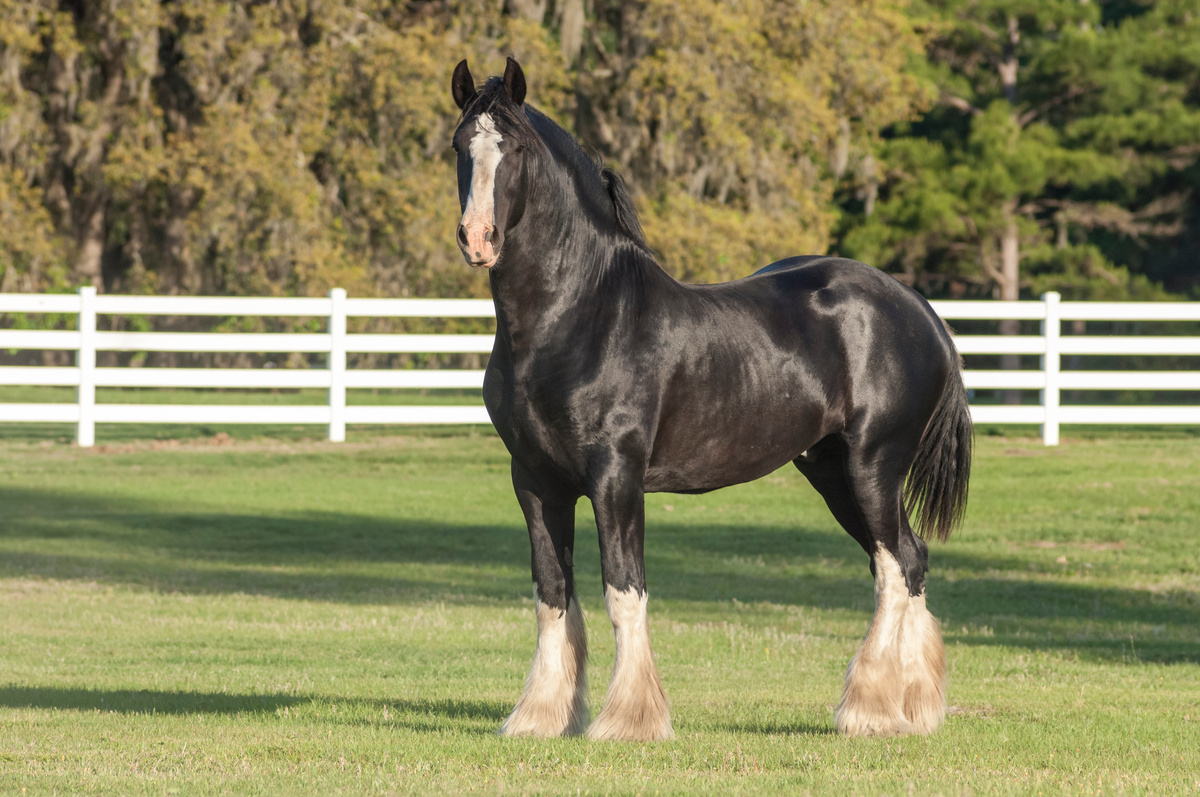
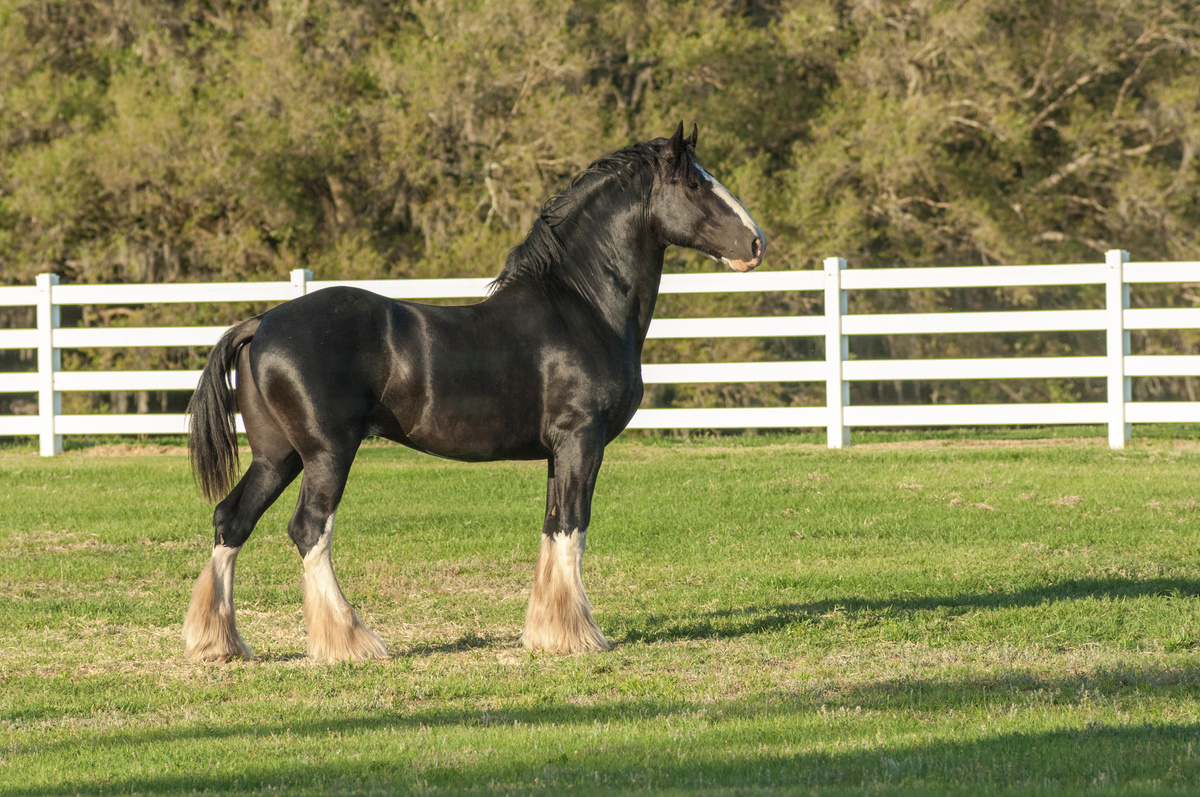
Shire lovak - felépítés
A Shire lovak nagyon jellegzetes megjelenésűek. Az egyenes, magasan illesztett nyakon egy hosszú és keskeny fej található, domború profillal. Ezeknek a lovaknak hosszú lapockájuk, mély mellkasuk és jó izomzatú faruk van. Gyakran erősen túlépültek (nagy mennyiségű izom), kompakt és rövid testük van. A fajtához tartozó lovak hosszú lábakkal rendelkeznek - hosszabbak, mint a többi hidegvérű lónak.
Gyakran mindenféle változat megjelenik van a végtagokon, valamint a fejen. Jellemző még a vastag sörény, a magasan illesztett farok és a hosszú, selymes csüdszőr, amelyek szinte teljesen lapos és nagy patákat takarnak.
Magasság: 170-195 cm marmagas – a shire a legmagasabb lófajta
Súly: a testtömeg 850-től 1100 kg-ig terjedhet
Szín: fekete, pej, szürke
A Shire járása gördülékeny, kiemelkedő, így a fogatban kiválóan használható. Természetüknek köszönhetően lovaglásra is alkalmasak. Barátságos, türelmes és szelíd óriások.
Fajta irányelvei a tenyésztésben
A shire mének lehetnek fekete, pej, sárga vagy szürke színűek, de nem lehetnek deresek illetve nem túl sok féle szürke változatban léteznek (kivéve a kancákat és a herélteket).
A kifejlett mének átlagos marmagassága körülbelül 178 cm, a minimum pedig 173 cm. A herélteknek legalább 168 cm-nek, a kancáknak pedig legalább 163 cm-nek kell lenniük.
Shire lovak - érdekességek
A Shire ló elképesztő fizikai képességekkel rendelkezik, és nagyon nehéz súlyokat tud elhúzni. 1924-ben egy brit kiállításon, becslések szerint egy pár ló 50 tonnás vagy annál nagyobb terhet húzott. Nem lehetett pontosan meghatározni, mert a húzóerő meghaladta a próbapadon látható maximális értéket.
Milyen a világ legnagyobb lova?
A feljegyzett történelem legnagyobb lova valószínűleg egy Mammoth (illetve Sampson néven is ismert) nevű shire ló volt, aki 1848-ban született. 219 cm magas és 1524 kg súlyú volt.
Mennyibe kerül egy Shire fajtájú ló?
A Shire lovak ára körülbelül 25 000 PLN-től kezdődik. A végső árat a származás, életkor, képzettség és nem határozza meg (a mének drágábbak). Mielőtt azonban a shire vásárlása mellett döntenénk, érdemes megjegyezni, hogy:
- több helyre van szükségük, mint egy átlagos lónak – a boksznak nagyobbnak kell lennie,
- a legjobban a szabad kifutón érzik magukat,
- többet esznek, mint a más fajtájú lovak – ennek értelmében tartásuk kicsit drágább lehet,
- a shire fajtájú lovak kicsit később nőnek fel – érdemes őket nem túl korán elkezdeni terhelni, hogy helyt tudjunk adni a vázizom rendszer fejlődésének.
Összegzés
A Shire fajtájú lovak erős testfelépítésű lovak, amelyek lenyűgöznek magasságukkal és súlyukkal. Türelmesek, barátságosak, hátaslóként remekül használhatók nyereg alatt, bár fogatra, mezőgazdasági munkára és nehéz teherhúzásra tenyésztették őket. Bár a fajta az egész világon ismert, továbbra is veszélyeztetett állatfajtának számít.








